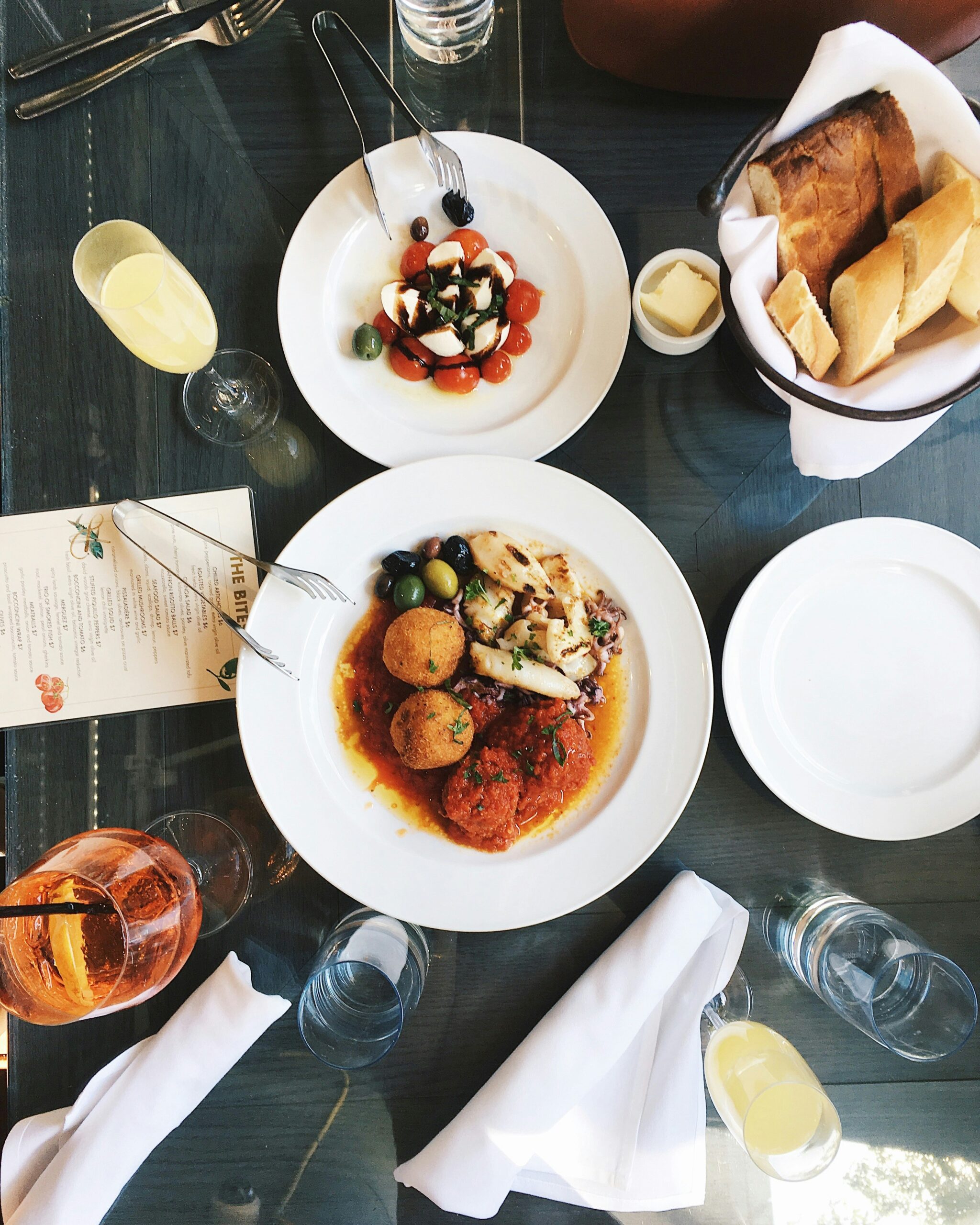

Introduction to Food Photography
Food photography is an art form that tantalizes the senses and draws readers into your culinary world. Whether you’re a seasoned blogger or just starting out, capturing the essence of your dishes can elevate your content to new heights. Imagine vibrant colors, enticing textures, and mouthwatering presentations leaping off the screen. With the right techniques in place, you’ll not only showcase your recipes but also engage with your audience on a deeper level.
In today’s digital age, visuals matter more than ever. A stunning food photo can make all the difference when it comes to attracting followers and keeping them hooked. So grab your camera (or smartphone) because we’re about to dive into essential tips for mastering food photography that will leave everyone craving what you have to offer!
Setting the Scene: Props and Backgrounds
Creating the right atmosphere can elevate your food photography. Start by choosing props that complement your dish. Think about color, texture, and style. A rustic wooden board might work wonders for a hearty stew, while delicate porcelain could enhance a dessert.
Backgrounds play a pivotal role too. Opt for simple textures like marble or linen to keep the focus on the food. If you want something bolder, consider vibrant patterns that echo the colors in your dish.
Experimenting with various heights can add depth to images. Stacking plates or using stands brings an artistic flair. Don’t shy away from incorporating organic elements—herbs, spices, or fresh ingredients scattered around can create visual interest.
Remember, less is often more when it comes to props and backgrounds. Each element should support your main subject without overwhelming it.
Lighting Techniques for Mouthwatering Shots
Lighting can make or break your food photography. Natural light is often the best choice. Aim for soft, diffused sunlight coming through a window. This creates an inviting glow that enhances textures and colors.
If you’re shooting indoors, avoid harsh overhead lights. They cast unflattering shadows that diminish your dish’s appeal. Instead, use reflectors to bounce light back onto the food from different angles.
Experiment with backlighting as well; it can create a warm halo effect around your subject. Just be mindful not to overexpose the highlights.
For evening shoots or darker environments, consider using artificial lights like LED panels set on low intensity. These help maintain color accuracy while adding warmth without overwhelming shadows.
Remember, every type of lighting has its own personality—so test out different setups until you find what makes your dishes shine irresistibly!
Composition and Styling Tips for Stunning Photos
Composition is vital in food photography. It dictates how your delicious dish communicates with the viewer. Start by using the rule of thirds. Imagine a grid overlaying your frame and place key elements along those lines or at their intersections.
Next, consider angles. Overhead shots work well for flat dishes while side angles highlight height and texture. Experiment to see what best showcases your culinary creation.
Styling plays an equally important role. Fresh herbs or a drizzle of sauce can add vibrancy and color contrast. Use natural materials like wood or linen for props to create warmth.
Don’t forget about negative space! Allow some areas of the photo to breathe, guiding the eye toward your main subject without distractions.
Be mindful of colors; they should complement each other rather than clash, enhancing visual appeal while making viewers crave that tasty bite.
Post-Processing: Enhancing Your Images with Editing Software
Post-processing is where the magic happens. This step can elevate your food photography from good to stunning.
Start with basic adjustments. Brightness and contrast will help your images pop. A little tweak here can bring out the textures in that gooey melted cheese or the vibrancy of fresh vegetables.
Don’t shy away from color correction, either. Sometimes, what you see isn’t quite what you get through the lens. Use editing software to adjust hues and saturation for a more delicious-looking dish.
Consider cropping strategically as well. Focus on the most appetizing part of your plate, drawing viewers’ eyes right where you want them.
Experiment with filters but keep it subtle. You want enhancements that complement your style without overshadowing the food itself. Remember: it’s about showcasing deliciousness authentically while adding a personal touch.
Taking Your Food Photography to the Next Level: Tips and Tricks from the Pros
To elevate your food photography, consider experimenting with different angles. High overhead shots can showcase the spread beautifully, while close-ups capture intricate details.
Use natural props to enhance your visuals. Fresh herbs, colorful napkins, or rustic utensils add character and context without overpowering the dish.
Don’t underestimate the power of a clean lens. A simple wipe ensures clarity and vibrancy in every shot.
Additionally, invest time in learning about color theory. Complementary colors make dishes pop and draw viewers’ attention effortlessly.
Study professional photographers’ work for inspiration. Notice their use of negative space and how they tell a story through composition—then apply those lessons to your own style.
Conclusion
Capturing the essence of food through photography is both an art and a skill. With the right techniques, you can transform simple dishes into mouthwatering images that draw in readers and elevate your blog.
Remember to set the scene with thoughtful props and backgrounds that complement your culinary creations. Pay careful attention to lighting; natural light often yields the best results but experimenting can lead to unique effects too. Composition matters—arranging elements thoughtfully will make your photos pop.
Don’t shy away from post-processing either; it’s a powerful tool for enhancing colors, brightness, and contrast. Continuously learn from professionals in the field by observing their work or attending workshops.
With practice and creativity, you’ll find joy in capturing deliciousness one shot at a time. Your passion for food photography will not only enhance your blog but also inspire others to appreciate the beauty of cooking and eating well.
